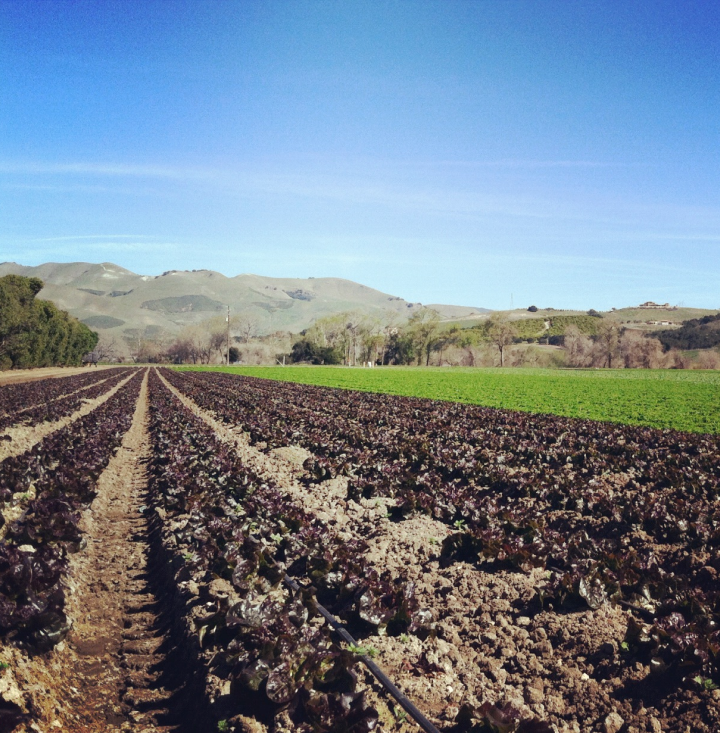What are economic feasibility studies?
ERA Economics works with state, federal, and local clients to conduct financial and economic feasibility studies of water supply projects and agricultural land development. Economic feasibility and financial feasibility are assessed in separate, but related, analyses. Economic feasibility studies establish whether the benefits of the new project or development are greater than the costs over its economic life, and that no lower-cost way achieves the same level of benefits. Financial feasibility studies establish the ability to cover the costs of the new project or development.
How do you conduct an economic feasibility study?
Economic feasibility studies use a benefit-cost analysis framework. The initial step in a benefit-cost analysis is to define, quantify, and monetize, where possible, all benefits and costs associated with the new development or project. Project construction and operation costs are typically developed as part of an engineering assessment of technical feasibility. Economic benefits are generally measured by the value that potential beneficiaries would be willing to give up to obtain the benefits, and depend on the type, location, and operation of the project. Costs and benefits are then reported on a consistent basis over the economic life of the project and expressed in present value terms to account for the time value of money. Economic feasibility measures include the benefit-cost ratio, cost-effectiveness, and/or net benefit.
Some benefits and costs of a project are not easily quantified or monetized and/or accrue to parties not directly involved in a planning decision. Good planning decisions require that they be described, quantified where possible, and considered in the decisions. In addition, all costs and benefits are uncertain, so good analysis will consider risks including but not limited to climate change effects and regulatory uncertainty. Our firm works with clients to include all relevant costs and benefits and to identify appropriate scenarios and sensitivity analyses to characterize risk.
Showing that total project benefits exceed costs is generally not sufficient for feasibility of projects with multiple beneficiaries and project participants. Financial feasibility requires that project costs will be covered over the project life, so each project participant should be able and willing to fund costs commensurate with and not exceeding their benefits. Allocating project costs in a way that is fair among the beneficiaries in a multi-benefit project can be crucial to demonstrating financial feasibility.
What are some examples of economic feasibility studies?
Important applications of economic feasibility studies include federal and state water projects, investment decisions by local agencies or private groups, and quantification of federal reserved water rights. Our firm works closely with engineers, hydrologists, and other experts to get the best possible assessment of the physical changes that drive economic and financial outcomes of a project. Water projects can affect existing uses, flows, and groundwater conditions that need to be established through appropriate analysis of the physical system. For example, federal reserved water rights studies use the PIA standard (Practicably Irrigable Acreage) that relies on studying land suitability, development costs, and crop markets.
Economic feasibility studies for federal water supply projects are developed according to specific rules. The recently-updated Principles, Requirements, and Guidelines for Water and Land Related Resources Implementation Studies (PR&G) are supplemented by agency-specific standards that must be followed. The State of California has similar guidance for state investment in water resources projects, and principals at ERA Economics helped to develop detailed technical guidelines for state investment in water storage projects.
Our firm has worked extensively with clients and broader technical teams to evaluate the economic and financial aspects of projects and new water supply development, under federal, state, PIA, and other feasibility standards. Our data-driven approach to economic feasibility studies develops baseline economic data and models of conditions in the area, and links the analysis to appropriate engineering and hydrologic feasibility and cost estimates.
GET IN TOUCH



